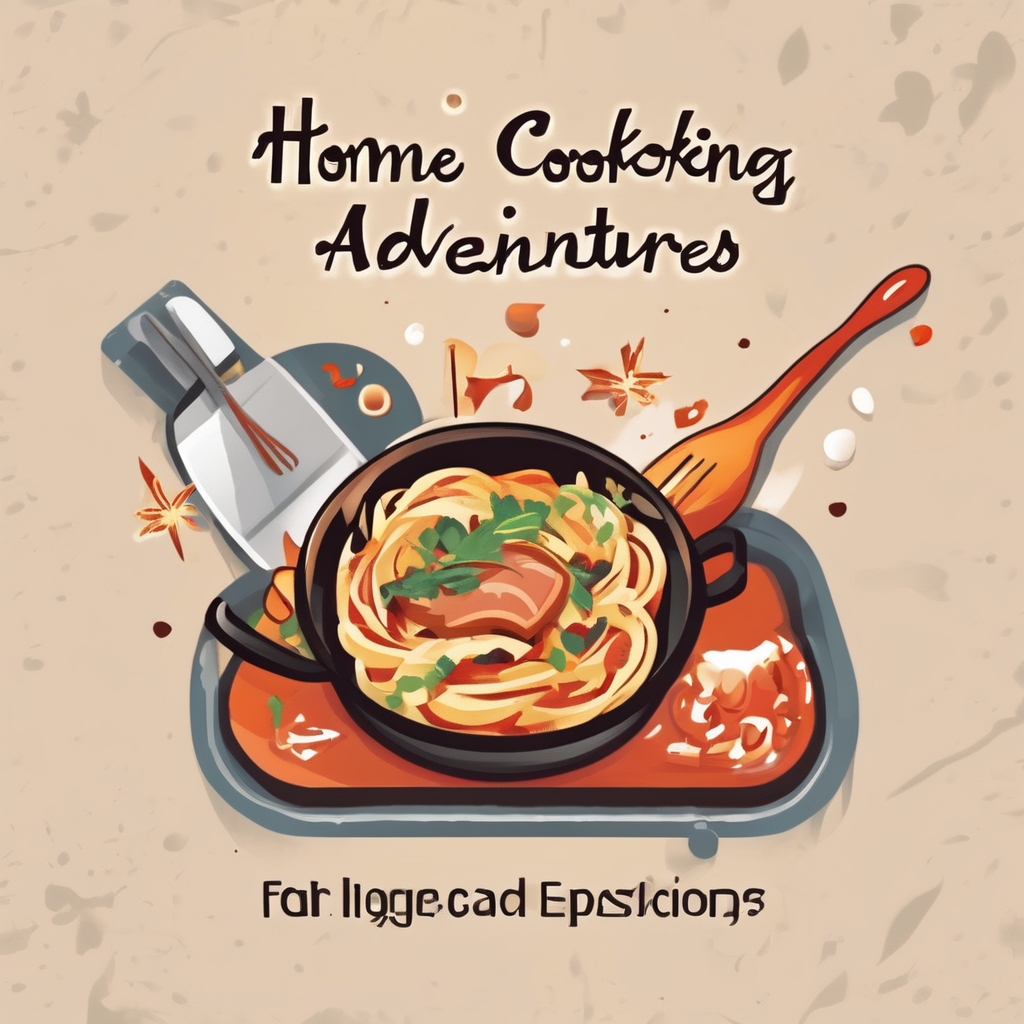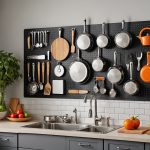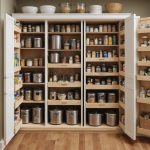Understanding a Zero-Waste Lifestyle
A zero-waste lifestyle is an approach that prioritises reducing waste through sustainable practices. The primary aim is to send nothing to landfills by transforming waste into resources. This method involves shifting everyday routines, particularly in places like the zero-waste kitchen. The kitchen often generates substantial waste, making it an ideal starting point for sustainable living. Embracing reusable containers, composting organic waste, and purchasing in bulk are some effective strategies in this setting.
The environmental impact of a zero-waste lifestyle is profound. By curtailing waste production, individuals contribute to overhauling consumption patterns and reducing the strain on natural resources. Notably, minimising kitchen waste (a significant contributor to household waste) dramatically lessens the environmental impact.
In the same genre : Revamp your culinary oasis: an inspiring guide to modular kitchen designs for seamless upgrades
Despite its benefits, there are common misconceptions about zero-waste living. Many perceive it as inconvenient or overly strict. In reality, this lifestyle is flexible and can fit seamlessly into various aspects of daily life. Efforts in the kitchen, no matter how small, amplify the positive effects on the environment and empower individuals to adopt broader sustainable living practices. Adapting to these changes fosters a sense of achievement and purpose in contributing to long-term environmental welfare.
Assessing Your Current Kitchen Setup
Conducting a comprehensive kitchen assessment can significantly enhance your culinary workspace. Begin by performing a waste analysis to pinpoint inefficiencies and areas needing improvement. This involves examining waste disposal habits to see where reductions can be made.
Also read : Creative countertop edge designs that minimize spills and enhance style
Next, evaluate your existing kitchen layout and functionality. Consider whether the current setup supports smooth workflows or if the arrangement of appliances hinders efficiency. Ask yourself: does the location of the stove, fridge, and sink facilitate or impede daily cooking activities? The answer will help identify areas for improvement.
An inventory check is crucial for understanding what appliances and materials you currently possess. This step involves listing all tools and appliances, from pots and pans to mixers and blenders. By doing so, you’ll identify duplicates or unnecessary items. Are there appliances you seldom use? Removing them can create valuable space.
Overall, these practices help illuminate opportunities for better organisation, waste reduction, and enhanced functionality in your kitchen. They guide you in making informed decisions towards a more efficient, well-functioning culinary environment.
Design Ideas for a Zero-Waste Kitchen
Creating a zero-waste kitchen involves more than just reducing waste. It’s about embracing eco-friendly kitchen design while maintaining desirable kitchen aesthetics. A sustainable kitchen marries form and function, and that begins with the right design choices.
Utilizing Natural Light and Space
Making full use of natural light can elevate any kitchen space. When designing, consider large windows and skylights. Not only do they reduce the need for artificial lighting, but they also seamlessly integrate the outdoors with your indoor space. This strategy not only enhances the kitchen aesthetics but also promotes energy efficiency.
Incorporating Reusable and Upcycled Elements
To align with sustainable materials, consider furniture and fixtures crafted from recycled materials or second-hand sources. Such elements not only cut down on waste but also offer a unique charm. Upcycled wood, for instance, can add a rustic touch while being a testament to eco-friendly kitchen design principles.
Choosing the Right Color Palette
Opt for colours that reflect sustainability. Earthy tones like greens and browns can foster a natural vibe. When selected thoughtfully, these hues can enhance both the kitchen’s warmth and its eco-friendly appeal. In an energy-efficient kitchen, the colour scheme should resonate with the sustainable materials used, ensuring a harmonious look.
Eco-Friendly Materials for Renovation
When embarking on a renovation, opting for sustainable materials can not only benefit the environment but also enhance the durability and aesthetic of your home. Recycled or reclaimed materials are an excellent choice due to their lower environmental impact compared to new materials. These materials often possess a unique character and history, adding depth to your renovation project.
Choosing eco-friendly products such as non-toxic paint is crucial to ensuring a healthier indoor environment. Conventional paints can emit harmful volatile organic compounds (VOCs), negatively affecting air quality. Non-toxic paints, however, are formulated to minimize or eliminate these emissions, providing safer options for home interiors.
When it comes to flooring, you may consider low-impact flooring options like bamboo or cork. These materials are rapidly renewable and have a smaller ecological footprint compared to traditional hardwood or synthetic flooring options. Plus, they offer versatility in design and can appeal to a variety of aesthetic preferences.
Sourcing local and sustainable kitchen materials like cabinetry and countertops not only supports regional economies but reduces the carbon footprint associated with long-distance transportation. Collaborating with local artisans for bespoke pieces can imbue your kitchen with unique, personal touches.
Smart Storage Solutions to Minimize Waste
Finding efficient kitchen storage solutions can be an exciting endeavour and has a significant impact on waste reduction. Organizing your kitchen effectively helps reduce food spoilage and keeps ingredients fresh for longer.
DIY Storage Projects
Creating your own storage solutions is an excellent way to personalize your organization tips while being cost-effective. Consider crafting bespoke shelving units, spice racks, or customizable pantry spaces to fit your unique needs. This approach helps tailor your storage to your specific buying habits and kitchen layout.
Utilizing Vertical Space
Maximizing vertical space is often underrated but is highly effective. Installing shelves or hanging racks allows you to conveniently access items while freeing up counter space. This method optimizes your kitchen’s capacity, enabling you to spot and use all items you have, avoiding unnecessary waste and spoilage.
Containers for Bulk Purchasing
Investing in good-quality containers for bulk purchasing can save money and reduce packaging waste. Airtight containers maintain the freshness of your pantry staples, such as grains, beans, and cereals. Consider transparent containers, which make it easier to monitor stocks and identify when it’s time to stock up, while also ensuring little is wasted.
Meal Prep Strategies for Reducing Food Waste
Meal prepping can be a delightful way to minimize waste and maximise resources, easing the burden on both the wallet and the planet. Meal planning is pivotal; by planning meals around seasonal produce, you ensure maximum freshness and fewer spoils. Seasonal foods are often more affordable and readily available, which aligns perfectly with waste reduction.
A key to effective meal prep is employing waste reduction techniques. Think smart: transform those surpluses into delightful meals. Food preservation techniques are indispensable here. For instance, fermenting, pickling, or freezing leftovers can significantly extend the longevity of foods. These simple techniques ensure that nothing ends up in the bin before its time.
Labeling your foods properly is another vital step in proper food preservation. Date-stamp everything to track the life cycle of meals; without labels, even the most meticulously stored items may turn into unexpected science experiments. Proper storage methods also play a significant role: invest in airtight containers, which prevent spoilage and maintain nutritional value.
Incorporating these strategies into your routine not only promotes waste reduction but also fosters a more conscious, responsible approach to consumption. With these practices, every meal can become a step toward a healthier planet.
Empowering Your Family for a Zero-Waste Transition
Transitioning to a zero-waste lifestyle requires not just individual commitment but also active family involvement. Ensuring your family feels part of this journey enhances cooperation and motivation. It begins with creating inclusive conversations around household waste. Encourage family members to contribute ideas for reducing waste, fostering a sense of ownership.
Introducing educational initiatives is a pragmatic step. Host family workshops on topics like composting and sustainable shopping. Such gatherings transform learning into a shared experience, making knowledge transfer efficient and enjoyable. Additionally, crafting resource materials, like guides or checklists, can simplify complex concepts, equipping every family member with the tools for a smoother transition.
Community engagement plays a pivotal role too. By connecting with local groups or neighbourhoods, families can exchange tips and experiences. This builds a support system, furthering collective motivation and practical solutions. Consider organizing or attending community events that emphasize sustainable practices.
Lasting change stems from a well-informed and engaged family. By intertwining education, involvement, and community, families can efficiently embrace zero-waste values, ultimately fostering an environment of shared learning and sustainable action.
Success Stories and Inspirational Case Studies
In a world increasingly conscious of environmental impact, a zero-waste success in kitchen remodeling serves as a beacon of inspiration. These transformations demonstrate not just aesthetic enhancements but significant reductions in waste. Practical, real-life examples showcase how everyday individuals have achieved such transformations, turning their kitchens into sustainable havens.
Transformative Kitchen Projects
These projects often begin with a clear vision: minimise waste and maximise functionality. One family replaced high-waste disposables with sustainable alternatives, resulting in an impressive decrease in landfill contributions. From using compost bins to installing efficient storage, the emphasis is on durable, eco-friendly materials.
Family Testimonials
Families share heartwarming stories of how such kitchen remodels have influenced their lives, cultivating a newfound appreciation for sustainability. One testimonial highlighted newfound cooking traditions and deeper family bonds, alongside reduced waste.
Lessons Learned and Challenges Faced
Transitioning to a zero-waste kitchen is not without its hurdles. Common challenges include adapting to new systems and balancing convenience with sustainability. Lessons from these endeavors emphasize the importance of patience and gradual change. Solutions focus on simple, incremental adjustments, ensuring the process is manageable and rewarding.











